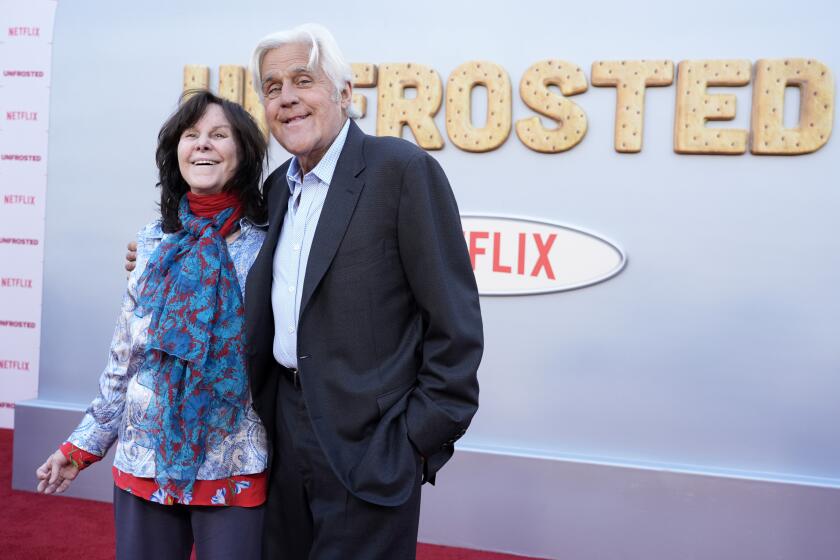Morrison’s ‘Lizard’ Goes ‘Tommy’ Route
- Share via
With “The Who’s Tommy” a Tony-winning toast of Broadway and Paul Simon’s “The Capeman” set to premiere on the Great White Way in January, the doors have been opened for musical theater productions tied to classic rock and pop artists. You could also say that musical theater is opening to the Doors.
A stage presentation built around Jim Morrison’s quasi-epic work “The Celebration of the Lizard” and incorporating Doors songs is being readied in conjunction with the San Diego Repertory Theatre and musical director O-lan Jones. Public stage workshop readings are being planned soon for both San Diego and L.A., with a full San Diego premiere projected for late 1998 or early 1999.
“This is going to be the classic journey of the hero,” says Doors keyboardist Ray Manzarek, describing the tale of warring factions battling for supremacy in a post-apocalyptic future. It was constructed by writer Joel Lippman from “Celebration” and other Morrison writings.
“It’s loaded with Doors songs,” says Manzarek. “There’s a great version of ‘The End’ sung in a gospel style by a woman as a lament for her slain lover. ‘Waiting for the Sun’ is sung by a female quartet when they all finally arrive at the Pacific Ocean and see it for the first time. And the entire cast sings ‘When the Music’s Over’ as the curtain falls.”
Manzarek, 62, admits that it’s not exactly “Cats.” But noting the success of “Tommy” and “Rent”--two rock-oriented shows that are unconventional by Broadway standards--he sees it fitting “right in the rock musical genre.”
The success of “Tommy” also wasn’t lost on the San Diego Repertory Theatre. It was the nearby La Jolla Playhouse that developed that show to great acclaim. The same organization is now presenting “Harmony,” opening Oct. 19, a story set in ‘20s Germany with music by Barry Manilow.
“I think the audience that would be eager and curious to embrace this poetry and music is immense,” says Sam Woodhouse, artistic director of the San Diego Rep. “The quest [Morrison] was on and the poetry reflecting it make for passionately challenging, rebellious, questioning theater, and the music represents a body of work that’s a 20th century rock ‘n’ roll classic, now more than ever.”
More to Read
The biggest entertainment stories
Get our big stories about Hollywood, film, television, music, arts, culture and more right in your inbox as soon as they publish.
You may occasionally receive promotional content from the Los Angeles Times.










